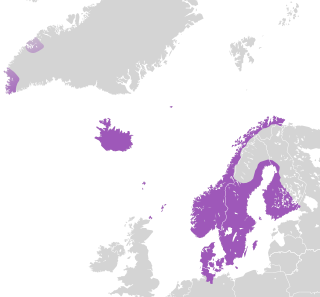
The Kalmar Union was a personal union in Scandinavia, agreed at Kalmar in Sweden as designed by widowed Queen Margaret of Norway and Sweden. From 1397 to 1523, it joined under a single monarch the three kingdoms of Denmark, Sweden, and Norway, together with Norway's overseas colonies.

The Stockholm Bloodbath was a trial that led to a series of executions in Stockholm between 7 and 9 November 1520. The event is also known as the Stockholm massacre.
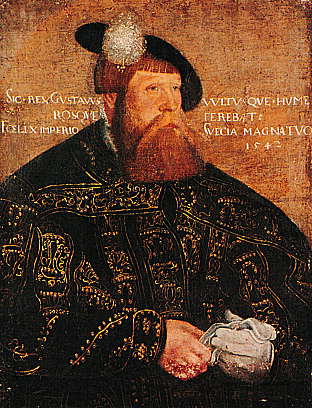
Gustav I, commonly known as Gustav Vasa, was King of Sweden from 1523 until his death in 1560, previously self-recognised Protector of the Realm (Riksföreståndare) from 1521, during the ongoing Swedish War of Liberation against King Christian II of Denmark, Norway and Sweden. Gustav rose to lead the Swedish War of Liberation following the Stockholm Bloodbath, where his father was executed. Gustav's election as king on 6 June 1523 and his triumphant entry into Stockholm eleven days later marked Sweden's final secession from the Kalmar Union.
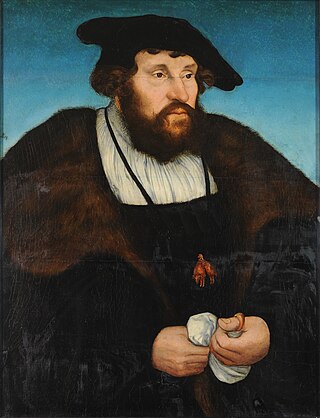
Christian II was a Scandinavian monarch under the Kalmar Union who reigned as King of Denmark and Norway, from 1513 until 1523, and Sweden from 1520 until 1521. From 1513 to 1523, he was concurrently Duke of Schleswig and Holstein in joint rule with his uncle Frederick.

Sten Sture the Younger, was a Swedish nobleman who served as the regent of Sweden, during the era of the Kalmar Union.
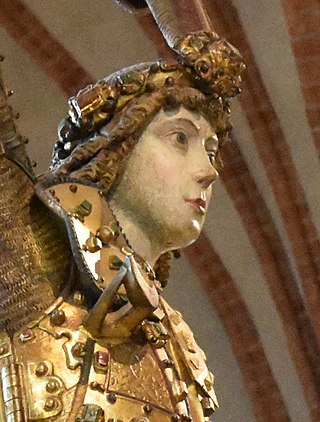
Sten Sture the Elder was a Swedish statesman and regent of Sweden from 1470 to 1497 and again from 1501 to 1503. As the leader of the victorious Swedish separatist forces against the royal unionist forces during the Battle of Brunkeberg in 1471, he weakened the Kalmar Union considerably and became the effective ruler of Sweden as Lord Regent for most of his remaining life.

Kettil Karlsson (Vasa) (c. 1433 – 11 August 1465) was a Swedish clergyman, diplomat, military leader and statesman during the Kalmar Union era. He was a member of the house of Vasa. At age 25, he was elected Bishop of Linköping. He rebelled against King Christian I in 1463, was Captain General (rikshövitsman) and de facto regent of Sweden from February to August 1464, stepping down during the brief return of King Charles Canutesson from exile. After falling out with King Charles, Kettil Karlsson was subsequently elected Lord Protector and Regent (riksföreståndare) of Sweden from 26 December 1464 to his death.

Sture was a name borne by three distinct but interrelated noble families in Sweden in the Late Middle Ages and Early Modern Period. It was originally a nickname, meaning 'haughty, proud', but later became a surname. Particularly famous are the three regents from these families who ruled Sweden in succession during the fifty-year period between 1470 and 1520, namely:

Christina Nilsdotter Gyllenstierna of Fogelvik was a Swedish noblewoman. She was married to the Swedish regent Sten Sture the Younger, and led the Swedish resistance against Christian II of Denmark after the death of her spouse. In her own lifetime she was simply referred to as Fru Kristina, but she has become known in history as Kristina Gyllenstierna because of the house of nobility to which she belonged.

The Swedish War of Liberation, also known as Gustav Vasa's Rebellion and the Swedish War of Secession, was a significant historical event in Sweden. Gustav Vasa, a nobleman, led a rebellion and civil war against King Christian II. The war resulted in the deposition of King Christian II from the throne of Sweden, effectively ending the Kalmar Union that had united Sweden, Norway, and Denmark. This conflict played a crucial role in shaping Sweden's national identity and history.

Gustav Eriksson Trolle was Archbishop of Uppsala, Sweden, in two sessions, during the turbulent Reformation events.

The Battle of Brunkeberg was fought on 10 October 1471 between the Swedish regent Sten Sture the Elder and forces led by Danish king Christian I. Sture won a decisive victory.
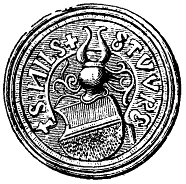
Nils Stensson Sture, born 1512, was the eldest son and heir of Sten Sture the Younger. The so-called Daljunkern, the young leader of an unsuccessful rebellion against Gustav Vasa, claimed to be Nils Sture, and it is a much-discussed question in Swedish historiography whether they really were the same person or if Daljunkern was an impostor.
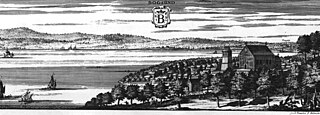
Åsunden is a lake in Västergötland, Sweden.
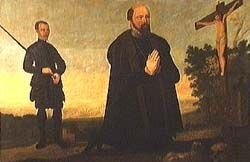
Otte Krumpen (1473–1569) was a Danish bureaucrat, who was Marshal of Denmark from 1554 to 1567, and held seignory over various land holdings throughout his career. He held a ceremonial position in the coronation of Danish kings Christian II and Frederick I. He was the older brother of Danish Catholic bishop Stygge Krumpen. The Krumpen family name died with him.

The Dano-Swedish War was the first conflict between Denmark and Sweden. The Danes invaded Sweden by sea, but were defeated early at the Battle of Brunkeberg, in which King Christian I of Denmark was wounded by a cannonball. The Danish invasion was repelled, and the Swedes were independent from the Kalmar Union.

The Battle of Brännkyrka took place on 27 July 1518 in Sweden, during a Swedish uprising against the Danish dominance in Kalmar Union, between Danish forces and Swedish rebel troops. The battle resulted in decisive Swedish victory.

Events from the year 1520 in Sweden.

The Dano-Swedish War (1512–1520), is the name of the conflict that lasted 1512–1520 and was part of the Union Wars at the time of the Kalmar Union. The war was between the opponents of the union and the Danish king Hans, later his son Christian II, and ended in 1520 after Sten Sture the Younger died as a result of injuries at Battle of Bogesund and Christian II marched into Stockholm in September of the same year.

The Siege of Stockholm (1520) was a combined naval and army siege of the Swedish capital Stockholm by the Danish king Christian II during the Dano-Swedish War (1512-1520).



















